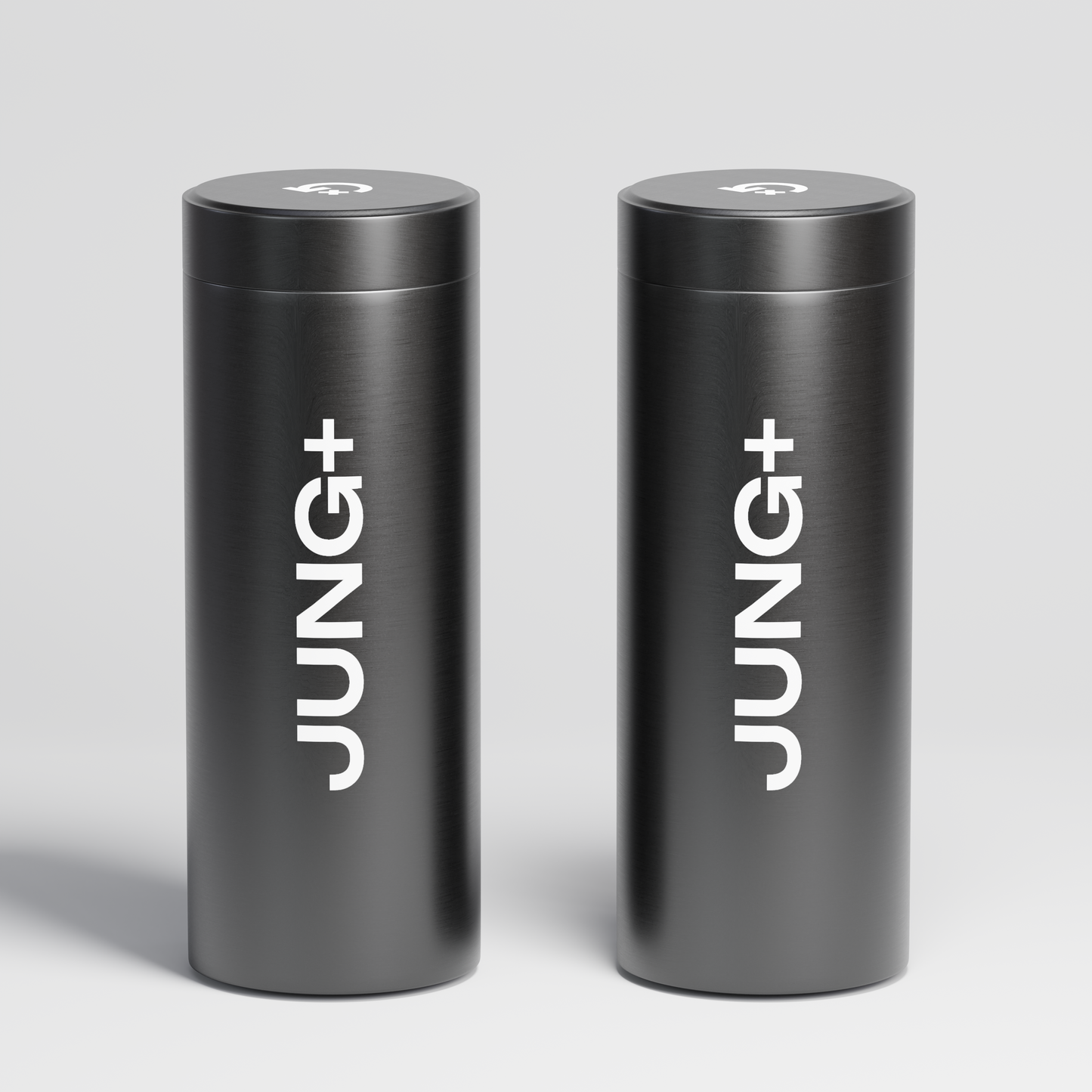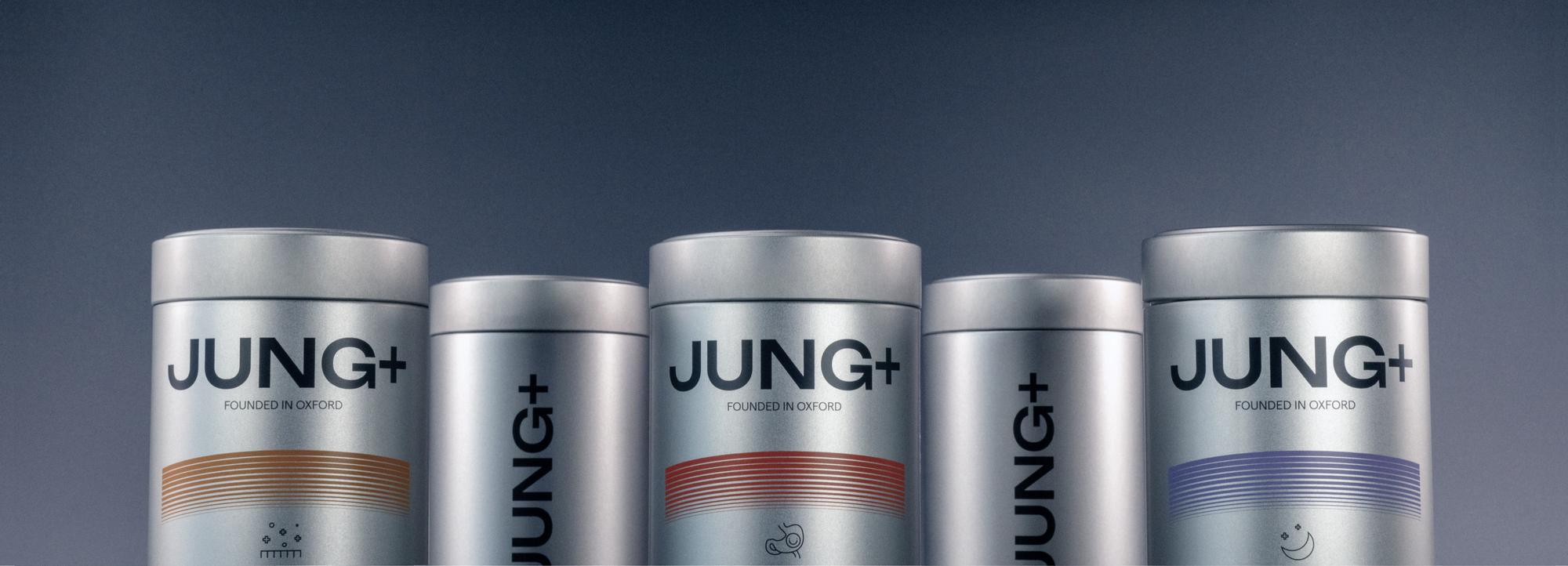"Quercetin is one of the most important supplements for both immunity and longevity."
Dr. Frank Lipman, Functional Medicine Doctor and Chief Medical Officer at The Well

FREE SHIPPING ON ALL SUBSCRIPTIONS!
FREE SHIPPING ON ALL SUBSCRIPTIONS!
FREE SHIPPING ON ALL SUBSCRIPTIONS!
FREE SHIPPING ON ALL SUBSCRIPTIONS!
FREE SHIPPING ON ALL SUBSCRIPTIONS!
FREE SHIPPING ON ALL SUBSCRIPTIONS!
FREE SHIPPING ON ALL SUBSCRIPTIONS!
FREE SHIPPING ON ALL SUBSCRIPTIONS!
FREE SHIPPING ON ALL SUBSCRIPTIONS!
FREE SHIPPING ON ALL SUBSCRIPTIONS!
FREE SHIPPING ON ALL SUBSCRIPTIONS!
FREE SHIPPING ON ALL SUBSCRIPTIONS!
FREE SHIPPING ON ALL SUBSCRIPTIONS!
FREE SHIPPING ON ALL SUBSCRIPTIONS!
FREE SHIPPING ON ALL SUBSCRIPTIONS!
FREE SHIPPING ON ALL SUBSCRIPTIONS!
FREE SHIPPING ON ALL SUBSCRIPTIONS!
FREE SHIPPING ON ALL SUBSCRIPTIONS!
FREE SHIPPING ON ALL SUBSCRIPTIONS!
FREE SHIPPING ON ALL SUBSCRIPTIONS!
FREE SHIPPING ON ALL SUBSCRIPTIONS!
FREE SHIPPING ON ALL SUBSCRIPTIONS!
FREE SHIPPING ON ALL SUBSCRIPTIONS!
FREE SHIPPING ON ALL SUBSCRIPTIONS!
FREE SHIPPING ON ALL SUBSCRIPTIONS!
FREE SHIPPING ON ALL SUBSCRIPTIONS!
FREE SHIPPING ON ALL SUBSCRIPTIONS!
FREE SHIPPING ON ALL SUBSCRIPTIONS!
FREE SHIPPING ON ALL SUBSCRIPTIONS!
FREE SHIPPING ON ALL SUBSCRIPTIONS!
"Quercetin is one of the most important supplements for both immunity and longevity."
Dr. Frank Lipman, Functional Medicine Doctor and Chief Medical Officer at The Well
Quercetin, a potent flavonoid found in fruits, vegetables, and tea, is increasingly recognized as a star player in the field of longevity. As scientists delve deeper into the mechanisms of aging, quercetin's unique properties have emerged as a promising ally in promoting healthy aging. This article explores the key ways quercetin supports longevity and overall health, backed by research and grounded in science.
Quercetin is renowned for its powerful antioxidant and anti-inflammatory properties. These attributes enable it to combat oxidative stress, a major driver of cellular aging. As a flavonoid, quercetin also influences several biological pathways involved in aging, making it a versatile compound with multiple benefits for healthspan and longevity.
One of the hallmarks of aging is the accumulation of senescent cells—cells that no longer divide but emit inflammatory signals, accelerating tissue damage and aging. Quercetin has shown senolytic properties, meaning it can selectively induce apoptosis (cell death) in senescent cells. Studies indicate that quercetin, especially when paired with dasatinib, can significantly reduce senescent cell burden, improving tissue function and reducing inflammation. For example, a 2021 study demonstrated the efficacy of the dasatinib-quercetin combination in alleviating age-related intervertebral disc degeneration in mice, a condition often linked to chronic back pain (Novais et al., 2021).
Oxidative stress, caused by an imbalance between free radicals and antioxidants in the body, is a major contributor to aging. Quercetin acts as a potent antioxidant, neutralizing reactive oxygen species (ROS) and supporting cellular repair. By reducing oxidative damage to DNA, proteins, and lipids, quercetin helps maintain cellular integrity. Its antioxidant capacity also protects mitochondria—the powerhouses of the cell—thereby improving energy production and reducing age-related mitochondrial dysfunction.
Chronic, low-grade inflammation, or "inflammaging," is a hallmark of aging and contributes to conditions like cardiovascular disease, arthritis, and neurodegeneration. Quercetin inhibits pro-inflammatory pathways, including NF-κB, and reduces the secretion of cytokines such as IL-6 and TNF-α. By modulating these inflammatory markers, quercetin supports healthier aging and reduces the risk of age-related diseases (Grewal et al., 2021).
Mitochondrial decline is a key feature of aging. Quercetin has been shown to promote mitochondrial biogenesis, the process by which cells create new mitochondria. This effect is mediated through the activation of PGC-1α and SIRT1, proteins associated with energy metabolism and longevity. Enhanced mitochondrial function translates to improved energy production, cellular health, and resilience against age-related decline.
The brain is particularly vulnerable to oxidative stress and inflammation. Quercetin's antioxidant and anti-inflammatory properties make it a promising compound for neuroprotection. Preclinical studies have shown that quercetin protects neurons from oxidative damage, enhances memory, and modulates pathways linked to neurodegenerative diseases like Alzheimer’s. A 2016 study highlighted its role in reducing beta-amyloid accumulation, a hallmark of Alzheimer's, by promoting autophagy (cellular cleanup processes) (Suganthy et al., 2016).
Cardiovascular disease remains a leading cause of mortality worldwide, and aging significantly increases the risk. Quercetin improves vascular function by reducing blood pressure, improving endothelial function, and lowering oxidative stress in blood vessels. A meta-analysis of randomized controlled trials confirmed that quercetin supplementation led to significant reductions in systolic and diastolic blood pressure, making it a valuable compound for heart health (Serban et al., 2016).
Aging is often accompanied by metabolic decline and increased fat accumulation. Quercetin has been shown to enhance glucose metabolism and improve insulin sensitivity, addressing key aspects of metabolic syndrome. In animal studies, quercetin reduced obesity-induced inflammation in adipose tissue and improved overall metabolic parameters. These findings suggest potential benefits in preventing age-related metabolic disorders (Sierra-Ramirez et al., 2020).
The gut microbiome plays a critical role in longevity, influencing everything from immune function to mental health. Quercetin has been shown to reduce gut inflammation, improve barrier function, and positively modulate gut microbial populations. By supporting a healthier gut environment, quercetin contributes to overall well-being and may reduce the risk of age-related gastrointestinal conditions (Saccon et al., 2021).
NAD+ (nicotinamide adenine dinucleotide) is a coenzyme essential for cellular energy and repair processes. Its levels decline with age, contributing to metabolic dysfunction and reduced resilience against stress. Research suggests that quercetin may indirectly boost NAD+ levels by inhibiting CD38, an enzyme that depletes NAD+. This mechanism supports improved cellular energy metabolism and may enhance longevity-related pathways, such as those mediated by sirtuins (Camacho-Pereira et al., 2016).
Quercetin’s role in skin health adds another dimension to its longevity benefits. The skin, being the body's largest organ, is constantly exposed to oxidative stress, UV damage, and environmental pollutants, all of which accelerate aging. Quercetin’s antioxidant and anti-inflammatory properties make it a powerful natural compound for preserving skin vitality and mitigating signs of aging.
Protecting Against Photoaging: Quercetin has been shown to protect skin against UV-induced photoaging by suppressing matrix metalloproteinase (MMP)-1 expression and reducing collagen degradation. It also inhibits the activation of NF-κB and AP-1 pathways, which are critical in UV-induced skin inflammation (Shin et al., 2019).
Boosting Hydration and Elasticity: Quercetin has been found to increase hydration and elasticity by upregulating moisturizing factor-related genes like transglutaminase-1 (TGM-1) and hyaluronic acid synthase (HAS)-1, while reducing oxidative stress in skin cells (Ha et al., 2021).
Managing Inflammation and Skin Conditions: Quercetin’s anti-inflammatory effects in skin conditions like atopic dermatitis have been documented, where it reduces inflammatory cytokines (e.g., IL-6, IL-8) and suppresses NF-κB activity (Hou et al., 2019).
Supporting Skin Barrier and Wound Healing: Studies indicate that quercetin enhances wound healing by reducing oxidative stress and modulating pathways like MAPK and NF-κB. It also upregulates E-cadherin, promoting better skin barrier function (Beken et al., 2020).
Quercetin’s effectiveness is often enhanced when combined with other compounds. For instance, its senolytic properties are amplified when used alongside fisetin. Additionally, combining quercetin with pterostilbene may provide complementary benefits, enhancing antioxidant defenses and modulating inflammation through different pathways.
Quercetin is a multi-faceted compound that addresses key mechanisms of aging, including oxidative stress, inflammation, mitochondrial dysfunction, and senescent cell accumulation. Its broad spectrum of benefits, from enhancing cardiovascular and cognitive health to supporting metabolic and gut health, makes it a valuable addition to longevity-focused wellness strategies. While ongoing research continues to unveil its full potential, quercetin stands out as a natural, science-backed tool for promoting healthy aging and extending healthspan.

Researchers explored quercetin’s effects on oxidative stress and longevity using the yeast Saccharomyces cerevisiae. They found that quercetin significantly reduced oxidative damage markers such as reactive oxygen species and lipid peroxidation, while enhancing resistance to hydrogen peroxide. The study also revealed a 60% increase in the yeast’s chronological lifespan, emphasizing quercetin’s potential as a natural anti-aging agent. The results suggest mechanisms including antioxidant activity and oxidative stress resistance as key pathways for promoting longevity. Published in the Journal of Agricultural and Food Chemistry (2007), titled “Quercetin increases oxidative stress resistance and longevity in Saccharomyces cerevisiae,” Belinha et al..
This study reviewed quercetin’s broad health benefits, focusing on its cardiovascular protective effects. By scavenging harmful free radicals like peroxynitrite, quercetin reduces oxidative stress and inflammation in blood vessels, preventing lipid oxidation and improving endothelial function. These mechanisms are linked to reduced risk of atherosclerosis and hypertension, making quercetin a promising nutraceutical for heart health. Published in the European Journal of Pharmacology (2008), titled “Health effects of quercetin: from antioxidant to nutraceutical,” Boots et al.
A groundbreaking study demonstrated that quercetin promotes mitochondrial biogenesis in skeletal muscle and the brain. By activating pathways like PGC-1α and SIRT1, it increased mitochondrial DNA and cytochrome c concentration, which are essential for energy production. These changes led to improved endurance and voluntary activity, suggesting quercetin’s potential to enhance physical performance and combat age-related mitochondrial decline. Published in the American Journal of Physiology (2009), titled “Quercetin increases brain and muscle mitochondrial biogenesis and exercise tolerance,” Davis et al..
This study investigated quercetin's ability to alleviate senescence and renal fibrosis by enhancing mitophagy through the SIRT1/PINK1/Parkin pathway. Using models of angiotensin II-induced senescence and unilateral ureteral obstruction, researchers observed that quercetin reduced markers of cellular senescence, such as p16 and p21, while improving mitochondrial function. Quercetin treatment also alleviated oxidative stress and inhibited fibrosis progression by restoring mitophagy, demonstrating its potential as a standalone senolytic compound for targeting kidney aging and related disorders. Reference Details: Published in Life Sciences (2020), titled “Quercetin alleviates kidney fibrosis by reducing renal tubular epithelial cell senescence through the SIRT1/PINK1/mitophagy axis,” Liu et al..
200-500 mg
per day
5-10
medium onions
Quercetin is most abundant in capers, which boast the highest levels among natural sources, followed by red onions and cranberries.


Quercetin is a key component in our Longevity Foundation due to its proven ability to promote cellular health and longevity. Delivered at a maintenance dosage of 200 mg, this powerful flavonoid works synergistically with fisetin and pterostilbene to enhance senescent cell clearance, reduce inflammation, and support mitochondrial health. Together, these compounds form a comprehensive foundation for optimizing healthspan and achieving your longevity goals












Quercetin is a flavonoid found in fruits, vegetables, and tea that acts as an antioxidant and anti-inflammatory agent. It supports cellular health by neutralizing free radicals, reducing inflammation, and promoting mitochondrial function.
Quercetin is particularly notable for its senolytic activity, which helps clear senescent cells, a feature not commonly found in other flavonoids like resveratrol or epicatechin.
Yes, quercetin modulates immune responses by reducing oxidative stress and inflammatory markers, making it useful for strengthening the body’s defense against infections and chronic inflammation.
Quercetin can reduce exercise-induced oxidative stress and inflammation, potentially improving endurance and recovery by supporting mitochondrial energy production and cellular repair.
Quercetin is generally considered safe when taken at recommended doses (500 mg per day), but individuals that stack quercetin with synergistic compounds like Fisetin or Pterostilbine may consider reducing their dosage to 200 mg per day.
Quercetin helps protect the skin from UV damage, supports collagen integrity, and reduces inflammation, contributing to healthier, more resilient skin over time.
Quercetin works synergistically with compounds like fisetin and pterostilbene, amplifying senolytic activity and enhancing antioxidant and anti-inflammatory effects, creating a multi-faceted approach to healthy aging.
Belinha, I., Amorim, M. A., Rodrigues, P., et al. (2007). Quercetin increases oxidative stress resistance and longevity in Saccharomyces cerevisiae. Journal of Agricultural and Food Chemistry, 55(7), 2446–2451.
Boots, A. W., Haenen, G. R. M. M., & Bast, A. (2008). Health effects of quercetin: From antioxidant to nutraceutical. European Journal of Pharmacology, 585(2–3), 325–337.
Camacho-Pereira, J., Tarragó, M. G., Chini, C. C. S., et al. (2016). CD38 dictates age-related NAD decline and mitochondrial dysfunction through an SIRT3-dependent mechanism. Cell Metabolism, 23(6), 1127–1139.
Davis, J. M., Murphy, E. A., Carmichael, M. D., et al. (2009). Quercetin increases brain and muscle mitochondrial biogenesis and exercise tolerance. American Journal of Physiology-Regulatory, Integrative and Comparative Physiology, 296(4), R1071–R1077.
Grewal, A. K., Singh, T. G., & Sharma, D. (2021). Mechanistic insights and perspectives involved in neuroprotective effects of quercetin. Life Sciences, 264, 118603.
Hickson, L. J., Prata, L. G. P. L., Bobart, S. A., et al. (2019). Senolytics decrease senescent cells in humans: Preliminary report from a clinical trial of Dasatinib plus Quercetin in individuals with diabetic kidney disease. EBioMedicine, 47, 446–456.
Hwang, H. V., Tran, D. T., Rebuffatti, M. N., et al. (2018). Investigation of quercetin and hyperoside as senolytics in adult human endothelial cells. PLoS ONE, 13(1), e0190374.
Liu, T., Yang, Q., Zhang, X., et al. (2020). Quercetin alleviates kidney fibrosis by reducing renal tubular epithelial cell senescence through the SIRT1/PINK1/mitophagy axis. Life Sciences, 252, 118116.
Nasrollahi, V., Shahanipour, K., Farahani, M. M., et al. (2022). Effect of quercetin and Abelmoschus esculentus (L.) Moench on glucose metabolism: AMPK as a key mediator. Phytotherapy Research, 36(3), 1227–1236.
Saccon, T., Nagpal, R., Yadav, H., et al. (2021). Senolytic combination of Dasatinib and Quercetin alleviates intestinal senescence and inflammation and modulates the gut microbiome in aged mice. The Journals of Gerontology. Series A, Biological Sciences and Medical Sciences, 76(5), 659–668.
Serban, M. C., Sahebkar, A., Zanchetti, A., et al. (2016). Effects of quercetin on blood pressure: A systematic review and meta-analysis of randomized controlled trials. Journal of the American Heart Association, 5(7), e002713.

Build your stack, today
Tell us about yourself and your goals. We'll use your answers to determine your baseline and build your recommendations.